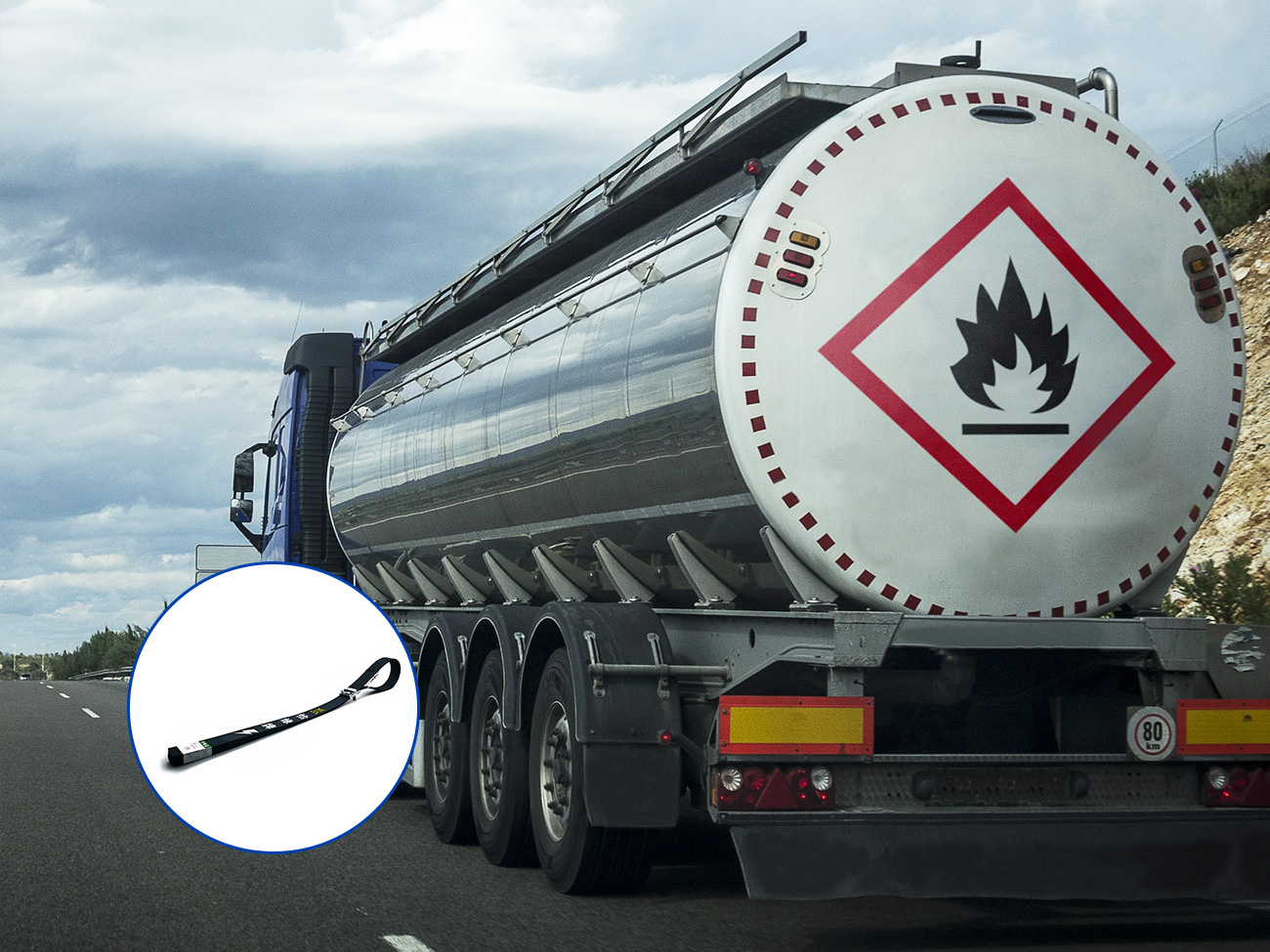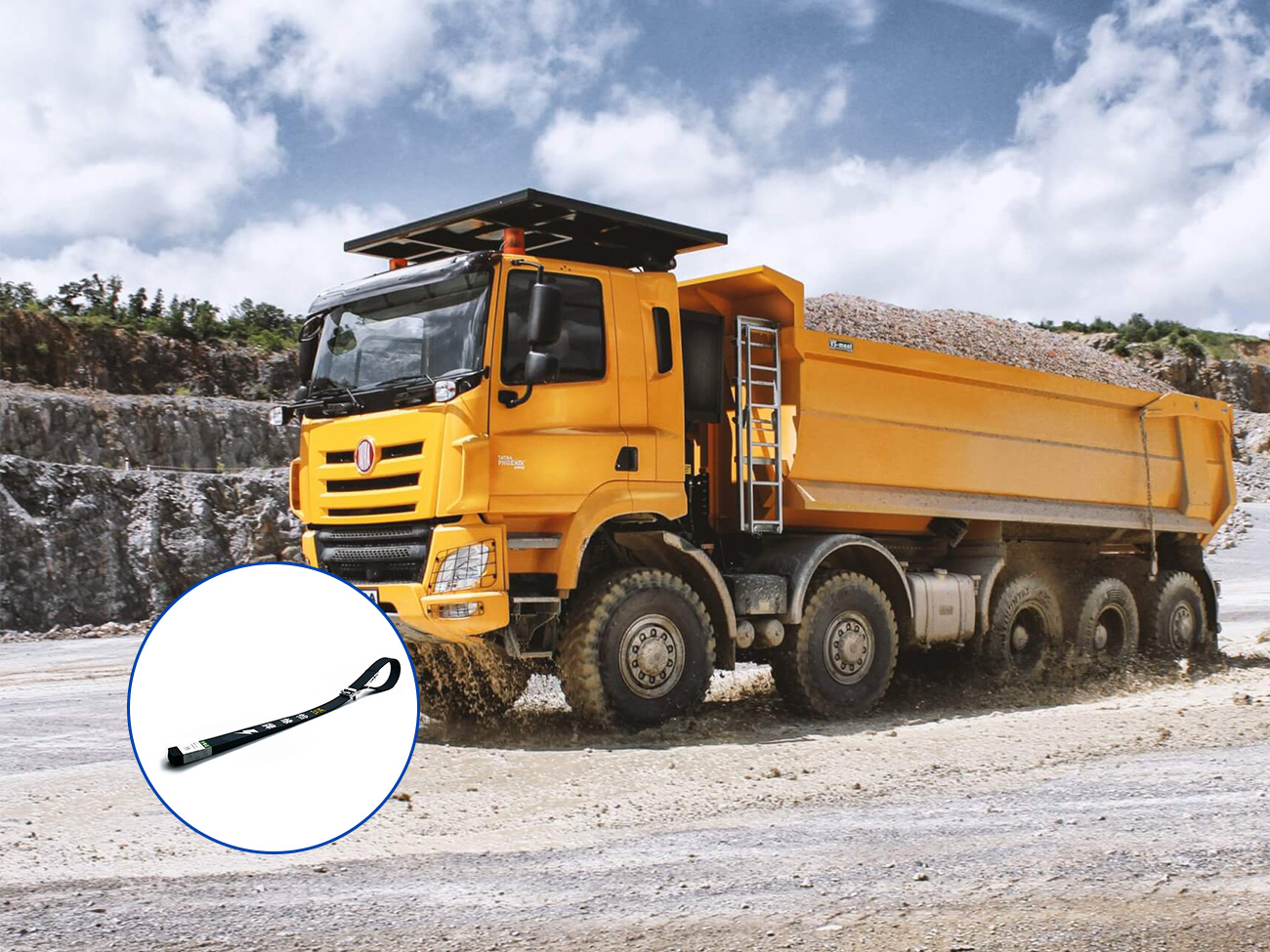Hazardous Goods Fleet Static Safety Management: HTYTECH Supports Regulatory Compliance
The transportation of hazardous materials is a high-stakes operation where safety is not just a priority—it is a legal and ethical imperative. Fleet operators in this sector must adhere to stringent regulations to prevent accidents, which can have catastrophic consequences for people, property, and the environment. One of the most insidious and persistent threats in this domain is static electricity, an invisible force that can ignite flammable vapors and trigger explosions.
This article highlights how a comprehensive static safety management plan, supported by HTYTECH anti-static grounding straps, is a critical component of regulatory compliance and operational safety for hazardous goods fleets.
The Regulatory Imperative: Why Static Control Is Non-Negotiable
Regulations governing the transport of dangerous goods, such as ADR (European Agreement concerning the International Carriage of Dangerous Goods by Road) and DOT (U.S. Department of Transportation) rules, are explicit about the need to manage ignition sources. Static electricity, in the presence of flammable gases, liquids, or dusts, is a primary ignition source.
Failing to implement effective static control measures can lead to:
Severe Accidents: A static spark during loading, unloading, or transit can cause a fire or explosion, leading to injuries, fatalities, and extensive material damage.
Regulatory Violations: Non-compliance with safety standards can result in hefty fines, license revocation, and legal action.
Reputational Damage: An incident can permanently tarnish a company's reputation, eroding trust from clients, regulators, and the public.
For fleets transporting hazardous goods, a robust static safety management plan is not just about avoiding accidents; it is about demonstrating due diligence and a commitment to regulatory compliance.
The HTYTECH Solution: A Cornerstone of Your Safety Management System
HTYTECH's anti-static grounding straps are a foundational element of any effective static safety management system. Our products are engineered to provide a reliable and consistent grounding path, ensuring that a fleet is always protected from static buildup.
Key features that make our solution ideal for hazardous goods transportation include:
Unwavering Conductivity: Our straps are designed with high-quality conductive materials that ensure a low-resistance path to the ground, allowing any static charge to dissipate instantly and safely.
Chemical and Abrasion Resistance: The straps are constructed from specialty rubber that is highly resistant to chemical spills and the constant abrasion from road conditions, guaranteeing long-term performance and reliability.
Certified Quality and Performance: HTYTECH products are manufactured to strict quality standards, providing the reliability and performance required to meet stringent safety regulations. This gives fleet managers the confidence they need to ensure compliance.
Operational Peace of Mind: By integrating our grounding straps into your fleet's safety protocols, you are adding an essential layer of protection that works automatically, continuously, and without manual intervention. This allows your team to focus on other critical tasks, knowing that the static risk is being managed.
Beyond Compliance: Building a Culture of Safety
While regulatory compliance is a primary driver, the ultimate goal is to build a culture of safety that permeates every aspect of your operation. By standardizing the use of HTYTECH grounding straps across your fleet, you send a clear message to your employees and partners that safety is the top priority.
This proactive approach not only helps you meet and exceed regulatory requirements but also enhances operational efficiency by preventing incidents and fostering a secure working environment.
Don't leave the safety of your hazardous goods fleet to chance. Partner with HTYTECH to implement a reliable static safety management system and ensure every shipment is conducted with the highest standards of safety and compliance.





